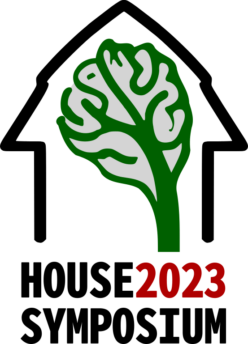
Klas Kullander (Uppsala University)
Klas Kullander is devoted to understand neuronal circuitries in the brain and spinal cord. He started the unit of developmental genetics in 2004 with the aim of building a creative and interactive environment with state of the art methodologies for doing the best possible analysis of nervous system function.
Scientific goals:
Neuronal networks control various behaviors ranging from reflexive movements to advanced cognitive functions. The smallest functional unit, the nerve cell, connects to other nerve cells during development to form neuronal networks. Our research focuses on neuronal network function, to find genetic identities for nerve cells and to define their role in neuronal circuits.
Two limiting factors in the disentanglement of neural circuit function are the identification of defined populations of interneurons and the use of reproducible behaviors. Thus, sharp genetic tools in combination with in vitro and in vivo measurements of network activity and behavior are instrumental. We apply novel and advanced methods, including virus-based tracing, electrophysiology, optogenetics, and in-vivo imaging of neural activity. We strive towards state-of-the-art interrogation of neuronal circuits, supported by facilities for behavior and viral delivery of optogenetic and monosynaptic tracing tools.
We seek to identify mechanisms by specific inhibitory interneurons influence the activity of principal cells and the resulting effects on behavior. We currently focus on circuits involved in motor control, memory formation, and motor learning in the cortex. More specifically to pursue the functional role of:
1. OLMα2 cells in hippocampal circuits of learning.
2. Martinotti cells in cortical circuits for motor learning.
3. Dmrt3 cells and Renshaw cells in spinal motor circuits.
